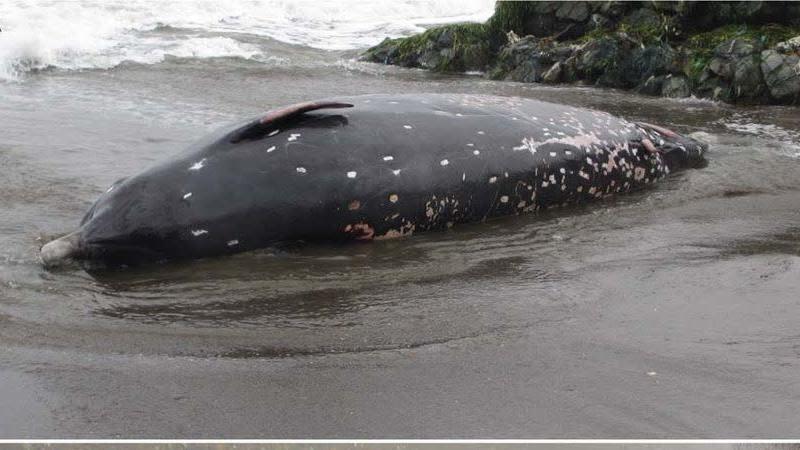
The Snailfish
In the Atacama Trench, scientist sent down a device they call a ‘lander’. The lander is equipped with bait, cameras and monitors to record everything going on. During this trip, the lander recorded three new snailfish species eating the bait. From the videos that the lander took, the snailfish looks to be just about a foot long. Also were found 21,000 feet deep In the ocean. The snailfish are white ghost like creatures with translucent skin.
According to the researchers the reason the snailfish has such a “gelatinous structure” is because of the extreme pressure. For example if the snailfish was brought to the surface it would start to melt because of how fragile it is. I think that the snailfish is a really cool find and really opens my imagination to what could actually be out in the ocean. Maybe one day scientist will find a huge fish with a gelatinous structure lurking in the depths.


